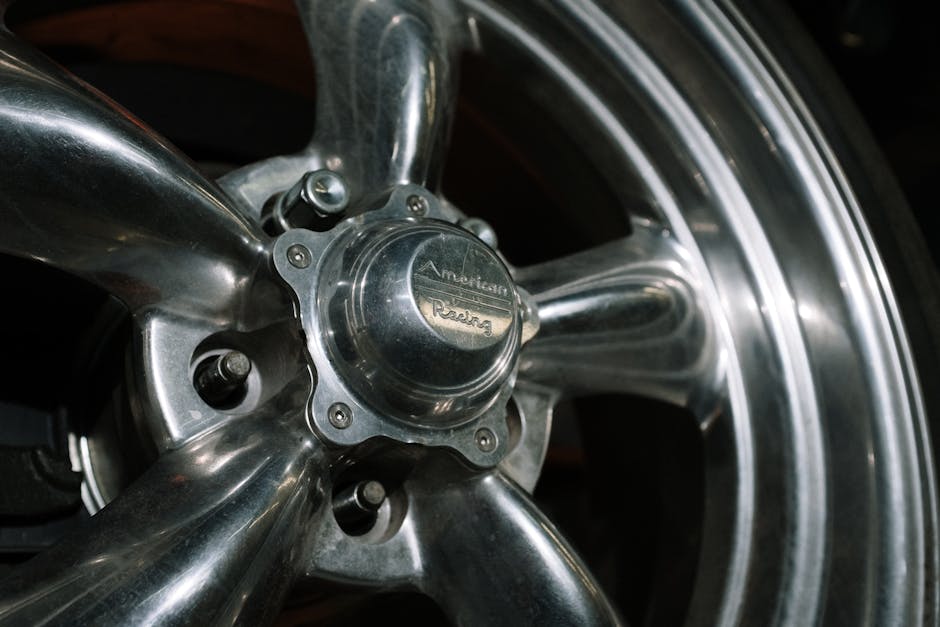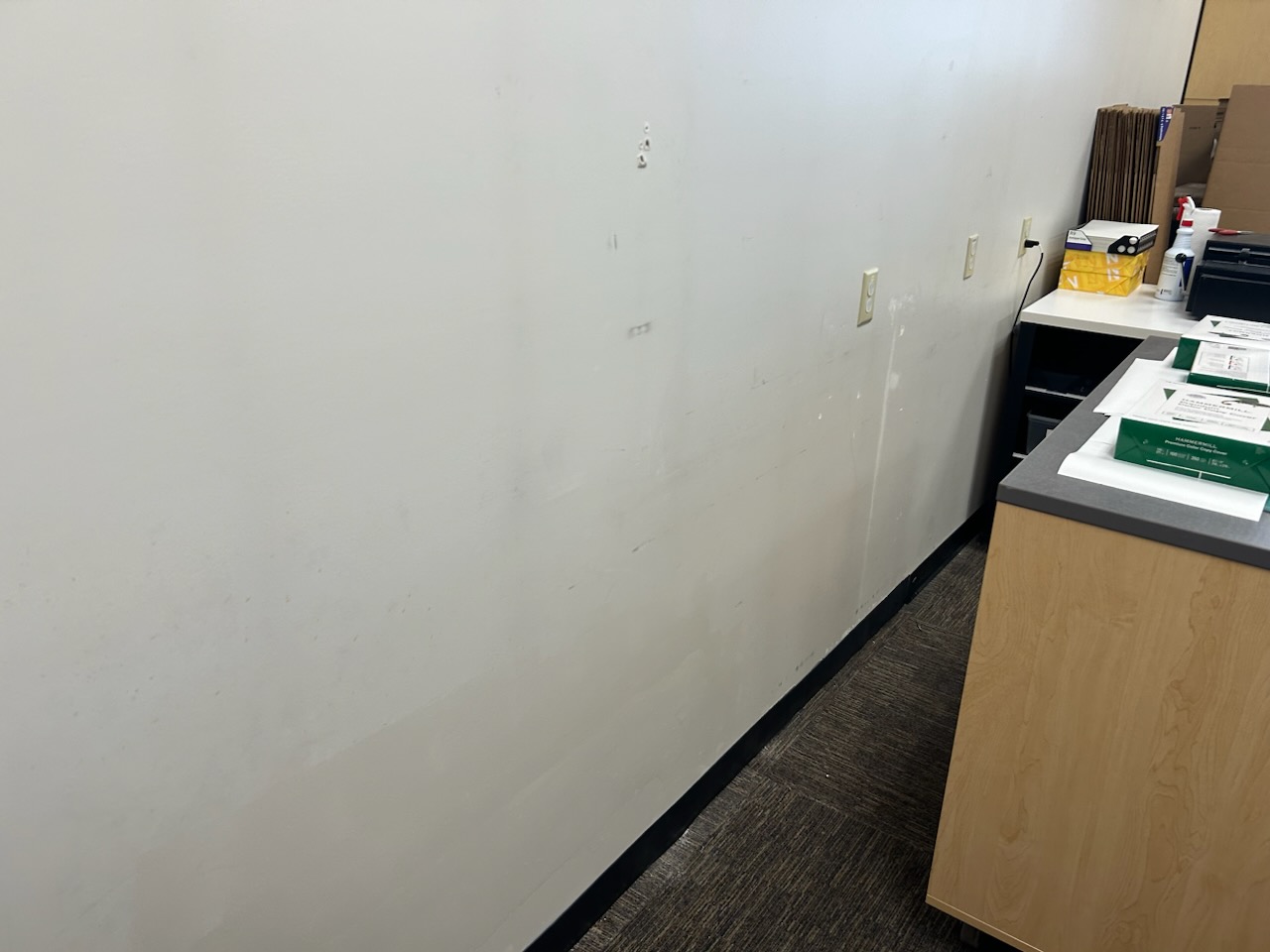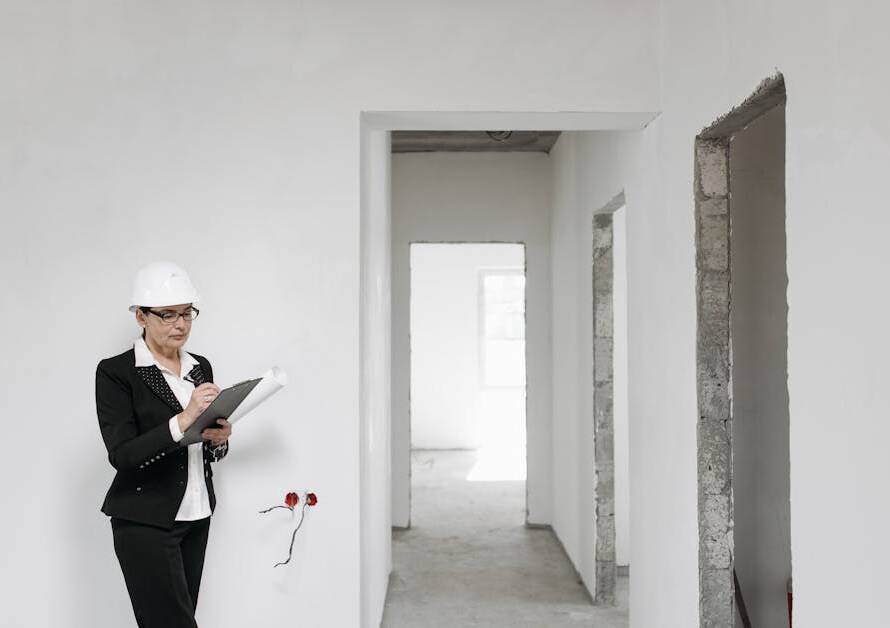Water damage to ceilings is a common issue that can arise from a variety of sources, including *leaky roofs*, *burst pipes*, or even from an upstairs bathroom mishap. When water seeps into your ceiling, it doesn’t just leave unsightly stains; it can also lead to structural damage, mold growth, and decreased air quality in your home. **Understanding the root causes** of ceiling water damage is the first step in determining how to effectively address the problem.
If left untreated, water damage can compromise the integrity of your home’s structure. **Moisture** can weaken ceiling plaster and drywall, creating potential hazards for you and your family. Early detection is key, and knowing what to look for can save you time and money in the long run.
At Brothers Restoration, we understand the importance of treating your home with care. Just as you would protect your family, we’re here to ensure your home remains a safe haven. If you notice any signs of water damage, it’s essential to act swiftly. **Call 208 Flooded** or visit our website at www.brothersresto.com to get expert advice and assistance. Our team is dedicated to providing quick and efficient solutions to restore your home to its former glory.
Identifying Signs of Ceiling Water Damage

Identifying signs of ceiling water damage early can prevent extensive repairs and costly replacements. The first indication of trouble is often a **discoloration or stain** on the ceiling. These stains typically appear as yellowish-brown spots and can vary in size depending on the extent of the leak or moisture intrusion.
Another telltale sign is the appearance of **bubbles or bulges** in the ceiling material. These occur when water accumulates and causes the paint or drywall to swell. If you notice these symptoms, it is a clear indication that water is trapped behind the surface, and immediate action is required.
Additionally, keep an eye out for **peeling or flaking paint**. This is often due to moisture weakening the adhesion between the paint and the ceiling material. In some cases, you might also notice a musty odor, which could signal the presence of mold—a common consequence of prolonged water exposure.
It’s important to not only look up but also inspect around the edges of the ceiling and walls, as water can travel along beams and create damage away from the source. By being vigilant and aware of these signs, you can address potential issues before they escalate into more significant problems.
Essential Tools for Ceiling Repair

Having the right tools on hand is crucial for effective **ceiling water damage repair**. Whether you’re a seasoned DIY enthusiast or a first-timer tackling home repairs, these tools will help you address the damage efficiently.
- Protective Gear: Always start with safety first. Use safety goggles and gloves to protect yourself from dust, debris, and potential mold exposure.
- Ladder: A sturdy ladder is essential to safely reach the ceiling area. Ensure it’s positioned securely before climbing.
- Utility Knife: This tool is indispensable for cutting away damaged drywall or ceiling material with precision.
- Putty Knife: Perfect for applying joint compound or spackle to fill in any cracks or holes post-repair.
- Drywall Saw: Use this saw to remove larger sections of damaged drywall when necessary.
- Moisture Meter: This device helps ascertain the moisture levels in the ceiling, ensuring the area is completely dry before proceeding with repairs.
- Joint Compound: Essential for patching up and smoothing over repaired areas to prepare them for painting.
- Sandpaper or Sanding Block: Smooths out the joint compound to achieve a seamless finish once it’s dry.
Equipping yourself with these tools will streamline the repair process and ensure that you can tackle any ceiling water damage with confidence and ease. Remember, preparation is key to a successful and lasting repair!
Step-by-Step Quick Fixes for Ceiling Damage

When faced with **ceiling water damage**, quick action is crucial to prevent further deterioration and potential health hazards. Follow these step-by-step quick fixes to restore your ceiling effectively:
- Identify the Source: Before any repair, ensure you’ve located and stopped the source of the water leak. This might be a **leaky roof**, **burst pipe**, or even condensation issues.
- Remove Damaged Material: Use a utility knife or drywall saw to carefully cut away any soggy or deformed drywall. Be cautious to avoid damaging any electrical wiring or plumbing.
- Dry the Area: Use fans or dehumidifiers to thoroughly dry the affected area. It’s critical to eliminate all moisture to prevent mold growth.
- Patch the Ceiling: Apply a drywall patch over the hole, securing it with drywall screws. Ensure it is flush with the existing ceiling surface.
- Apply Joint Compound: Use a putty knife to apply joint compound over the patch. Feather the edges to blend it seamlessly with the surrounding ceiling.
- Sand Smooth: Once the joint compound is dry, sand it smooth with sandpaper or a sanding block to create an even surface ready for painting.
- Paint the Ceiling: Match your ceiling paint color and apply it over the repaired area. Multiple coats may be necessary for full coverage.
By following these steps, you can handle minor ceiling repairs efficiently. However, if the damage is extensive, it might be wise to consult professionals to ensure the structural integrity of your home.
Preventive Measures for Future Damage

Preventing future **ceiling water damage** is essential to maintain the integrity and value of your home. Implementing the following preventive measures can save you from costly repairs and ensure a safe living environment:
- Regular Inspections: Conduct routine checks of your roof, attic, and plumbing systems. Early detection of potential issues can avert significant damage.
- Maintain Gutters and Downspouts: Ensure gutters are clean and downspouts direct water away from your home’s foundation. Blocked gutters can cause water to overflow and seep into your ceiling.
- Seal Roof Leaks: Apply roof sealant to any minor cracks or openings. This proactive approach can help prevent water from penetrating your roof and causing interior damage.
- Improve Ventilation: Adequate attic ventilation reduces moisture buildup and prevents condensation, which can lead to water damage over time. Consider installing vents or fans if necessary.
- Insulate Your Home: Proper insulation keeps your home warm and dry, reducing the risk of ice dams in winter and condensation in summer.
- Trim Overhanging Branches: Regularly prune trees near your home to prevent branches from damaging your roof and causing leaks during storms.
- Install a Sump Pump: In areas prone to flooding, a sump pump can help keep basements and lower levels dry, reducing the risk of water damage affecting your ceilings.
By incorporating these measures into your home maintenance routine, you can significantly reduce the risk of future water damage and extend the life of your ceiling and overall structure.
When to Call Professionals for Help
While some **ceiling water damage repair** tasks can be handled with a DIY approach, there are certain situations where calling in professionals is not just advisable but necessary. Recognizing these scenarios can prevent further damage and ensure your repairs are both effective and lasting.
- Extensive Damage: When the damage covers a large area or affects multiple layers of your ceiling, professional intervention is crucial to assess and repair structural weaknesses.
- Mold Growth: If you notice signs of mold, such as a musty smell or visible spores, it’s vital to contact professionals. Mold can pose serious health risks and requires specialized treatment to eradicate.
- Persistent Leaks: If leaks continue despite your repairs, it indicates a deeper issue that needs professional assessment to identify the source and implement a comprehensive solution.
- Insurance Claims: In cases where the damage may be covered by insurance, having a professional assessment can provide the necessary documentation and support for your claim.
- Complex Plumbing Issues: When water damage is linked to plumbing problems, such as burst pipes or faulty installations, expert plumbers can resolve the root cause efficiently.
Taking the step to call in experts not only ensures that the job is done right but also provides peace of mind that your home is in capable hands. At Brothers Restoration, we understand the importance of treating your home like our own. Call 208 Flooded or visit our website at www.brothersresto.com to learn more about our comprehensive restoration services and how we can help you protect your home from future water damage.



